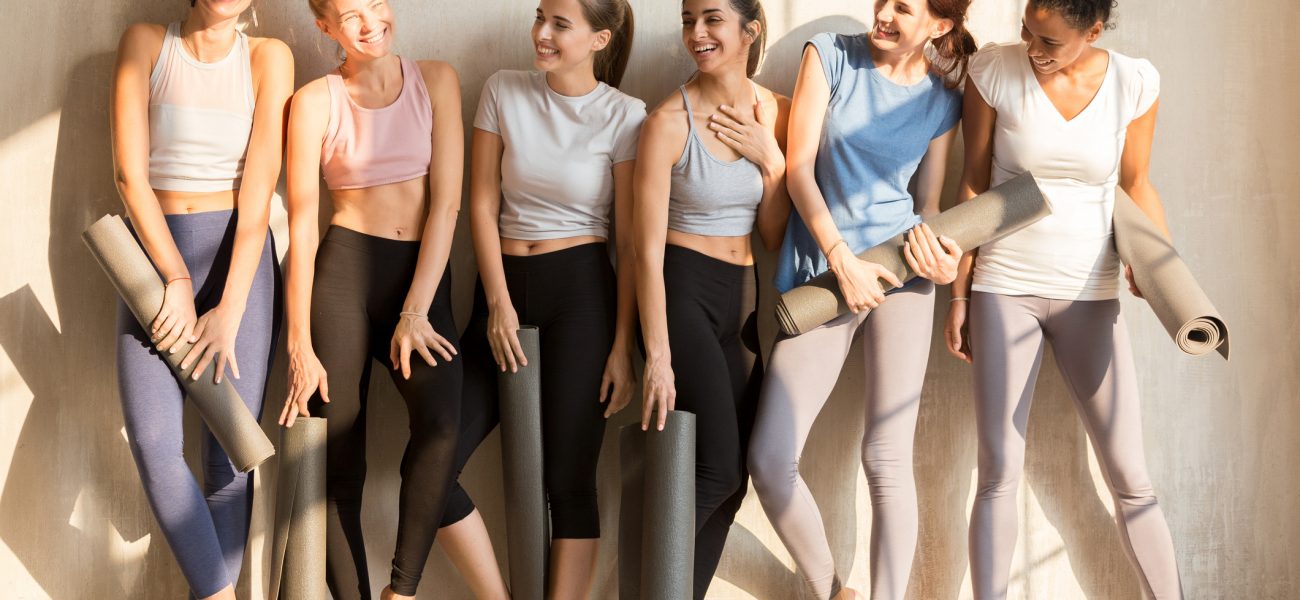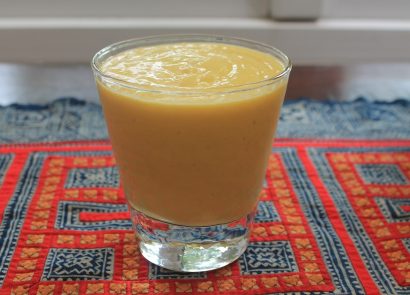Not a fan of running or yoga? Look to your kids for some exercise inspiration and put the fun back into workouts
Remember when you spent hours running, skipping and getting hot and sweaty in the name of fun as a child? If your workouts have become a chore rather than a pleasure, it might be time to learn a lesson from those carefree days. Well as luck would have it, there are lots of clubs and classes offering twists on your old favourite hobbies, as more and more of us want to bring the joy back to our fitness routines.
Back to basics
It turns out that playground games can have some surprising health benefits – for one thing, behaving like you’re young again could help counter a common side effect of ageing. “A more playful environment improves motor skills such as coordination, balance, agility and overall fitness, and can be particularly beneficial within joints such as knees and ankles, that adapt and change to constantly changing environments and circumstances,” says Marvin Burton, head of fitness at Anytime Fitness UK (anytimefitness.co.uk). “As we become older, our joints are less sensitive to changes and the risk of injury from sudden movement increases, which leads to people blaming joint pain and injury on their age.” And the plus-sides don’t end there, as being silly can also boost your brain health. “Play and fun are important for your mental stimulation. They allow for subconscious decision-making and therefore develop and improve neurological pathways.”
Play to your strengths
While these improvements to mind and body will all be going on in the background, what you’ll actually notice from becoming more playful is that the time will whizz by. While an hour on the treadmill might feel like days, the same time spent skipping or whipping round a hula hoop will go by in the blink of an eye. “Play allows you to not feel like the movement is repetitive which psychologically means you are more likely to work harder without knowing,” says Marvin. For the best results, get together with others. “A team environment will always challenge you more. It gives you multiple levels to benchmark against and won’t allow you to cheat, go easy or skip a workout after a hard day at work. Team sports also lead to camaraderie and promoted discussion which is important for your mental health,” says Marvin. So what are you waiting for – explore your silly side for full mind and body benefits.
If you loved…
Hopscotch try… Rebounding
Channel your inner Tigger with a bounce-tastic rebounding class. You’ll be amazed at how much you sweat during a session, as you jump up and down on a mini-trampoline to some fastpaced tunes. As well as burning calories and getting your heart going, you’ll give the muscles in your legs a good workout and improving your balance. Find a class at your local gym or school hall, or invest in your own trampette and get bouncing in your living room or garden.
If you loved…
Hula hooping try… Hulafit
We spent hours as children trying to swivel our hips fast enough to keep up a hoop, all the while getting a wonderful core workout without realising it. “Hula hooping is great for improving coordination, balance, mobility and core strength,” says Marvin. Give it a go by buying a weighted hoop (easier to keep going if your skills are rusty), and trying a YouTube workout, or joining a HulaFit (hulafit.com) class in London.
If you loved…
Playground games try… Rabble
Feeling nostalgic for British bulldog and capture the flag? Rabble (joinrabble.com) is the club for you. Available across the UK, these are sporty, social gatherings based on traditional playground games and including HIIT. Not only will you increase endurance and give your heart a good workout, but it’s a great way to make friends locally – or rivals, depending on how competitive you are!
If you loved…
Team games try… TAG rugby
If you’re interested in playing a team sport but keen not to get too many bumps and bruises, tag rugby could be a good option.
A non-contact sport: it’s fast, fun and will require concentration to work out your next move. “It does a bit of everything – it’s good for speed, agility, endurance and overall fitness,” says Marvin. Visit trytagrugby.com or enquire at your local pitch to find a team.
If you loved…
Jumping rope try… Skipping
There’s a reason why Rocky turned to skipping to get him in shape for the big fight – it’s fantastic for speed, agility and cardiovascular health. And now there are a wealth of YouTube workouts involving skipping, and many varieties of ropes available – from smart ones that count your jumps to those you can adjust to your height. If ropes leave you feeling tangled up, free skipping from one end of your garden to the other and back will also get your blood pumping. Did you know that, according to German research, skipping uses a whopping 24 percent more energy than running at the same speed? That makes for one serious calorie burner.
If you loved…
Climbing trees try… Rock climbing
Whether you scale the heights indoors or want to join an outdoor climbing club, rock climbing has never been more accessible to novices. Not only is it good for your coordination, core strength and agility, but it’s actually been prescribed as a treatment for depression in parts of Germany. Once you feel the elation at the top of a tough route, you’ll understand why. Find your nearest climbing wall at thebmc.co.uk/climbing-wall-finder.
Pt and flexibility expert Roger Frampton weighs in…
“Children are fab examples of how we can regain our flexibility. As a child, you spend your day playing, rolling around, climbing and sitting on the floor,” says Roger. “This all changes once you go to school and spend the majority of your time sat in a chair. By prioritising your body and ensuring you stretch daily, you can work towards reversing the damage caused by large periods of sitting.” Here’s how to start…
1. “Look how a child sits while watching TV. They normally sit crossed-legged, or on their fronts, which creates a stretch in the back. They also tend to switch positions regularly, whereas adults remain in the same one for most of the evening.”
2. “If you’ve ever seen a toddler try and pick something up from the floor, you’ll see they do this in a perfect squat. A squat is something that many adults can no longer do, but as a child it was your innate resting position. To get this back, spend time opening your hips and stretching your ankles everyday. I always encourage people to set specific movement goals such as ‘sit in a squat’ or ‘touch toes’ as this enables you to work towards a reachable, measurable and obtainable target.”
3. “Another way we can learn from toddlers is to not wear restrictive clothing. Toddlers don’t wear tight clothes or shoes that could limit their range of motion. So by altering our clothing choices to stretchy materials and not wearing shoes whenever possible, we can avoid being made inflexible.”




















